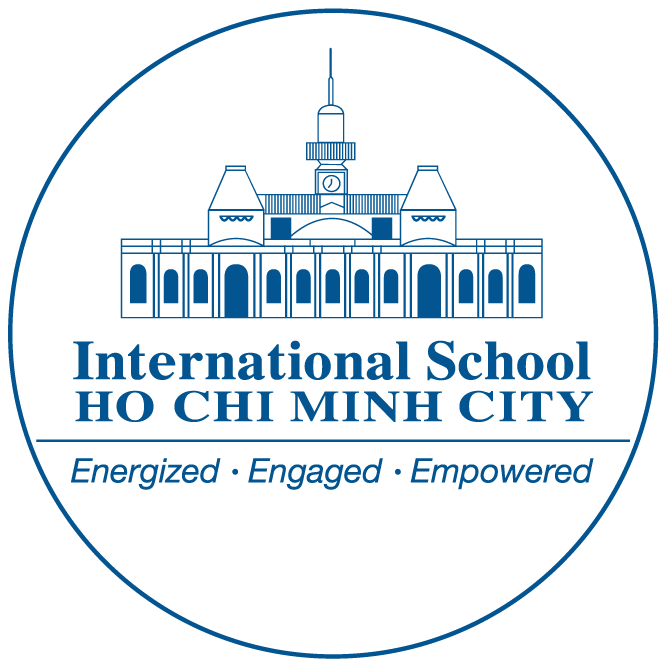Vietnam Education System Explained: What Parents Need To Know In 2025
Vietnam is becoming one of Asia’s most compelling education destinations. As Vietnam’s cities grow and families aim higher, the education system is moving toward approaches that focus on practical skills, creativity, and global readiness.
Families across Vietnam are seeking schools that move beyond textbook knowledge. The shift is especially visible in major cities like Ho Chi Minh City, where educational choices are expanding quickly. International programs are reshaping how learning looks and feels, equipping students with the skills to thrive in a fast-changing world.
This transformation is clear in the growing popularity of international frameworks such as the International Baccalaureate (IB). The IB programme promotes critical thinking, self-reflection, and intercultural understanding, and shapes how education evolves across Vietnam. In Ho Chi Minh City, the International School Ho Chi Minh City (ISHCMC) leads this shift as the city’s first IB World School, setting the standard for student-centered, future-focused learning.
Structure Of Vietnam’s National Education System
Vietnam structures its national education system around five main stages, with a strong focus on exams to guide student progression:
- Kindergarten: Ages 3 to 5
- Primary School: Grades 1 to 5
- Lower Secondary: Grades 6 to 9
- Upper Secondary: Grades 10 to 12
- Higher Education: University or college
The Ministry of Education and Training oversees national policy, curriculum development, and assessment standards. Most children begin school at age six and follow a path designed to build academic foundations in core subjects such as Vietnamese, mathematics, literature, science, history, and civics.
The system emphasizes standardized testing. Students must pass exams at the end of Grade 9 to proceed to upper secondary, and again in Grade 12 to qualify for university entrance. While this has contributed to high literacy rates and a culture of academic discipline, it often leaves limited room for creative thinking, project-based learning, or exploration of individual interests.
While this structure offers many strengths, growing expectations from families and educators are pushing it to evolve. They seek a system that blends global perspectives, practical skills, and more holistic approaches to child development.
Public Vs Private Schools In Vietnam
Public schools remain the primary education providers across the country. These institutions follow a nationally standardized curriculum, charge minimal fees, and offer broad access, especially in rural and suburban regions. However, they face notable challenges. Overcrowded classrooms, teacher-centered instruction, limited technology, and outdated facilities often restrict deeper learning and student engagement.
In contrast, private schools are expanding quickly in urban centers. These schools offer more personalized attention, modern resources, bilingual instruction, and exposure to global academic frameworks. Many families now view private education as a meaningful investment in their child’s future.
Vietnam’s Booming International School Market
Vietnam is witnessing a significant surge in the number of international schools. According to ISC Research, the country is among the top five globally for international school growth. This rise reflects broader trends: economic development, expanding urban populations, and a growing middle class with aspirations for world-class education.
Vietnam’s international school sector has expanded rapidly in recent years. A 2022 report by the International Schools Database noted that Vietnam now hosts more than 120 international schools, concentrated primarily in Ho Chi Minh City and Hanoi. This surge reflects a clear shift in parental preferences toward globally focused education.
The appeal of international schools lies in their ability to blend academic rigor with life skills, creativity, and international qualifications. English proficiency, global citizenship, and university readiness have become top priorities.
ISHCMC is deeply aligned with these needs. With a student community representing more than 60 nationalities, the school celebrates diversity and promotes cross-cultural understanding. Students study languages including Vietnamese, Mandarin, Spanish, Dutch, and Korean from early years, while academic projects and community engagement cultivate empathy and global thinking.
Why The International Baccalaureate Curriculum Stands Out In Vietnam
The International Baccalaureate offers a globally respected learning framework built on inquiry, reflection, and interdisciplinary thinking. It includes three key programs:
- Primary Years Programme (PYP): Ages 3 to 11
- Middle Years Programme (MYP): Ages 11 to 16
- Diploma Programme (DP): Ages 16 to 18
Each stage is designed to support the development of the whole child. The IB encourages students to question, explore, and connect their learning to the world around them. They learn to collaborate, conduct research, evaluate evidence, and express themselves with clarity and confidence.
For parents looking to understand how this curriculum fits within Vietnam’s education landscape, ISHCMC’s article on IB schools in Vietnam offers a detailed perspective.
ISHCMC delivers the full IB continuum. In the PYP, young learners build foundational skills through play, storytelling, and exploration. The MYP connects subjects through real world problems, supported by technology and teamwork. The DP, widely recognized by top universities worldwide, includes advanced coursework, a research essay, and creativity and service experiences that prepare students for independent living and future study.
ISHCMC graduates consistently achieve strong academic results while excelling in leadership, innovation, and community impact. Alumni include scholarship recipients, entrepreneurs, and university changemakers, all rooted in a curriculum that values purpose as much as performance.
Challenges And Opportunities In Vietnam’s Education Landscape
Vietnam’s education sector continues to evolve, but persistent challenges remain. The urban-rural divide impacts access to quality education. Many schools rely on traditional teaching strategies that prioritize exam preparation over skill development. Infrastructure in public schools often falls short of what is needed for active and experiential learning.
Investments in education technology, curriculum reform, and teacher development are driving meaningful change. Vietnamese families increasingly choose schools that support well-rounded growth and prepare students for global success.
ISHCMC plays a leading role in shaping the future of education in Vietnam. The school combines digital tools with personalized teaching, creating flexible classrooms that adjust to each student’s pace and learning style. Teachers guide students to take ownership of their learning and reflect deeply on their progress. Through projects centered on sustainability, ethics, and innovation, students connect their education to real world challenges.
What Parents Value In Schools Like ISHCMC
As education in Vietnam evolves, parents seek schools that balance strong academics with personal growth. They want global pathways, flexible programs, and a nurturing environment. ISHCMC delivers this by offering personalized learning with diverse subject choices, cultivating a globally inclusive community, and developing skills in research, communication, and leadership.
The school also provides rich opportunities in the arts, sports, and enrichment, along with expert university placement support. Graduates leave ISHCMC ready not just for exams, but for a thriving, meaningful future.
Apply today to secure your child’s place at ISHCMC and give them the confidence, skills, and mindset to succeed globally.







